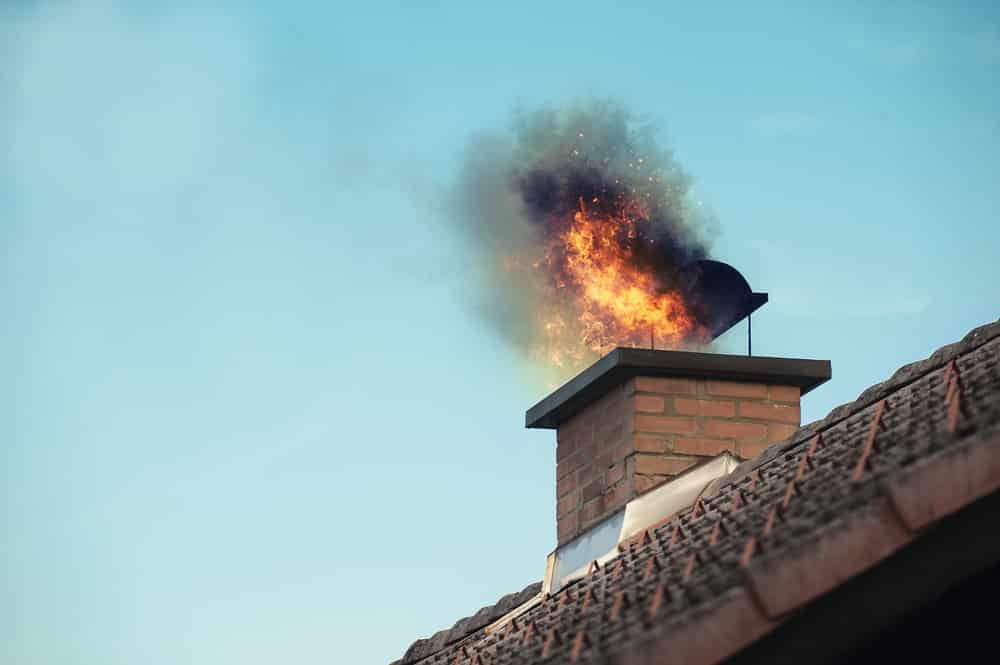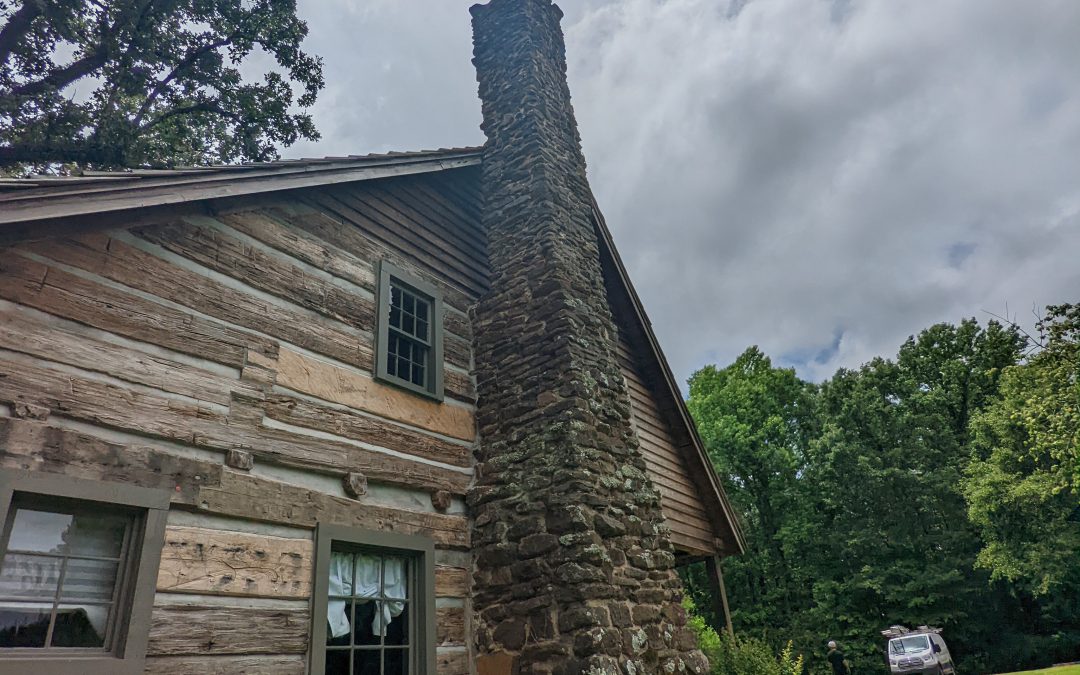
Fires and Chimneys
While the rate of chimney fires seems to have declined in the recent past, it’s still essential to take measures to prevent this dangerous occurrence in your home. According to experts, taking preventative measures is the best way to keep your home safe from chimney fires. Regular chimney inspections, cleaning, and maintenance go a long way in helping prevent dangerous chimney fires and save you from incurring damage that requires expensive repairs.
Chimney fires can be disastrous. They can lead not only to the destruction of property but can also lead to loss of life. This is because a damaged chimney can spread fire to the surrounding areas in your home. Most chimney fires occur as a result of negligence and lack of chimney maintenance. A chimney that has not been cleaned and has creosote buildup is hazardous because the tar-like residue is highly flammable.
In order to prevent a chimney fire, it’s important to hire a trained and expert chimney sweep. Professional sweeps have experience and the benefits of modern tools. They can also give you important information on how to guard against hazards, what damage to look out for and how to practice safe fire burning practices.
There Are Many Ways You Can Prevent Chimney Fires
There are many different parts to a chimney, and consequently, there are many different areas to pay attention to so they don’t become damaged enough to start chimney fires. In order to make your life easier, below is a list of some of the most important areas to look after and steps to take to keep your chimney and home safe from a fire.
Take Care of the Flue
Damage and cracks in your chimney’s flue expose your home to the danger of a chimney or house fire. For this reason, the flue should be inspected by a professional regularly to assess the damage. A chimney sweep inspects the flue using special equipment to make a detailed video inspection, so they can catch even the smallest cracks and then take the correct measures to repair them.
Look Out for Loose Bricks in the Firebox
The firebox is the part of your fireplace where the actual fire burns. If you have a masonry fireplace, your fireplace is made of bricks, blocks or stone and mortar. If you have a prefab fireplace, it is most likely made of metal. If you notice loose mortar joints or cracks in the masonry of your firebox, then repair is needed immediately. Small damage is simple to fix and needs only refractory cement to seal. Extensive damage might need a firebox rebuild.
Inspect the Damper
Does your chimney damper open and close with ease? It should. If it doesn’t, then check for excessive rust or cracks. Damage on your damper means you need another one installed.
Use a Chimney Liner
A chimney liner in your chimney ensures better airflow and provides exhaust passage for combustion gases. It also insulates the chimney structure from excessive heating and fumes. To keep your chimney clean and protect it from damage, use a chimney liner, preferably installed by a professional chimney sweep.
Get a Chimney Cap Installed by a Professional Chimney Sweep
A chimney cap acts as a protective cover and prevents debris such as leaves and sticks from falling into your chimney. It also keeps animals or birds from making a home inside your chimney. Leaves and sticks are highly flammable and their presence can block your chimney’s airflow. Animals can also block the chimney or leave behind flammable substance when they build a home inside your chimney, which can result in chimney fires.
Top Inspection
If you can do so safely and have assistance, it can be helpful to go on your roof and inspect your chimney. However, as this can be dangerous we advise you call your local chimney sweep. The chimney flashing, which is the metal component of the chimney that ensures the connection between the chimney and roof is watertight, should be in good condition. It’s easily damaged because it’s on your roof and exposed to harsh weather conditions. Even the tiniest damage on the flashing prevents it from keeping water out and can result in structural damage.
Build Small Fires and Avoid Combustible Items in the Fireplace
Build small and bright fires rather than large and slow-burning fires. A smaller fire produces less creosote since it will result in less smoke and soot. Small fires are also easier to manage and safer.
When you build your fires, it’s important to use dry wood. Dry wood burns faster and more completely and lets out less smoke. Wet wood burns slowly and creates a much smokier fire. This leads to rapid creosote accumulation. Creosote is the biggest igniter of chimney fires.
Finally, avoid using combustible materials to light a fire. You never know just how quickly the flames might climb, which can result in disastrous chimney fires. Also, never dispose of the Christmas tree, plants or gift wrappers by burning them in a fireplace. They can float up and ignite the creosote in the chimney walls and cause chimney fires.
Have Your Chimney and Fireplace Cleaned and Inspected Annually
It can be difficult for someone without experience to catch all or any of the damage and dangers mentioned above, or to see if there are too much creosote and soot in your chimney. For this reason, it’s essential to have your fireplace and chimney inspected at least once a year by a professional. With their experience and tools, they’ll catch any damage before it becomes dangerous enough to turn into chimney fires.
Call us today to have your chimney inspected and cleaned by a professional chimney sweep to enjoy a clean and safe fireplace.

